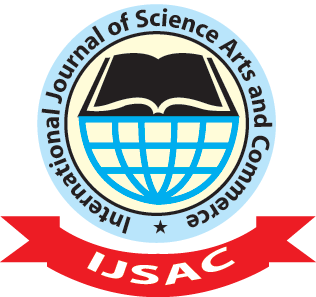ABSTRACT
The Kibwezi river watershed and riparian areas is among the most important riparian ecosystem for the conservation of flora and fauna in the Southern Kenyan rangeland which is threatened by unsustainable anthropogenic activities. The study aim was to determine the land use change in the upper riparian and watershed of river Kibwezi from 1985 to 2015.
Image processing software; ERDAS IMAGINE 2015 (64 bit), ENVI Classic (64 bit), GIS software: ArcGIS 10.5 was used in addition to Thematic Mapper [TM] (operating on Landsat 4 and 5), Landsat 7 ETM and Landsat 8 OLI. The resolution (pixel size) of the imagery used was approximately 30m by 30m.
Cropland increased by 7-3% from the year1985 to 2000, but reduced by 29.82% from 2000 to 2015 In 1985 t0 2000 forest cover reduced by 16.67% but from the year 2000 the tree cover increased by 29.25%. Overall land under crops reduced by 28.82%, equivalent to loss of 7ha/ year and forest cover increased by 7.72% (1.19ha/year). The implication is that land under crop is reducing probably due to reduced water level in the river. Forest cover increase could be attributed to abandoned crop land and farmers impressing agroforestry practice as witnessed in most farm growing fruit and wood trees such as Mellia volkensii plantation and Mangifera indica. Land degradation in watershed is at the rate of 1.29% per annum, an indication that if the status quo is allowed to continue more than 80ha of land will be degraded in the next 40 years.
Farmers should be encouraged to use natural resources particularly indigenous woody vegetation cautiously. Further studies should be contacted to ascertain the extend of land degradation in the study area and how its impacting on riparian ecosystem.
